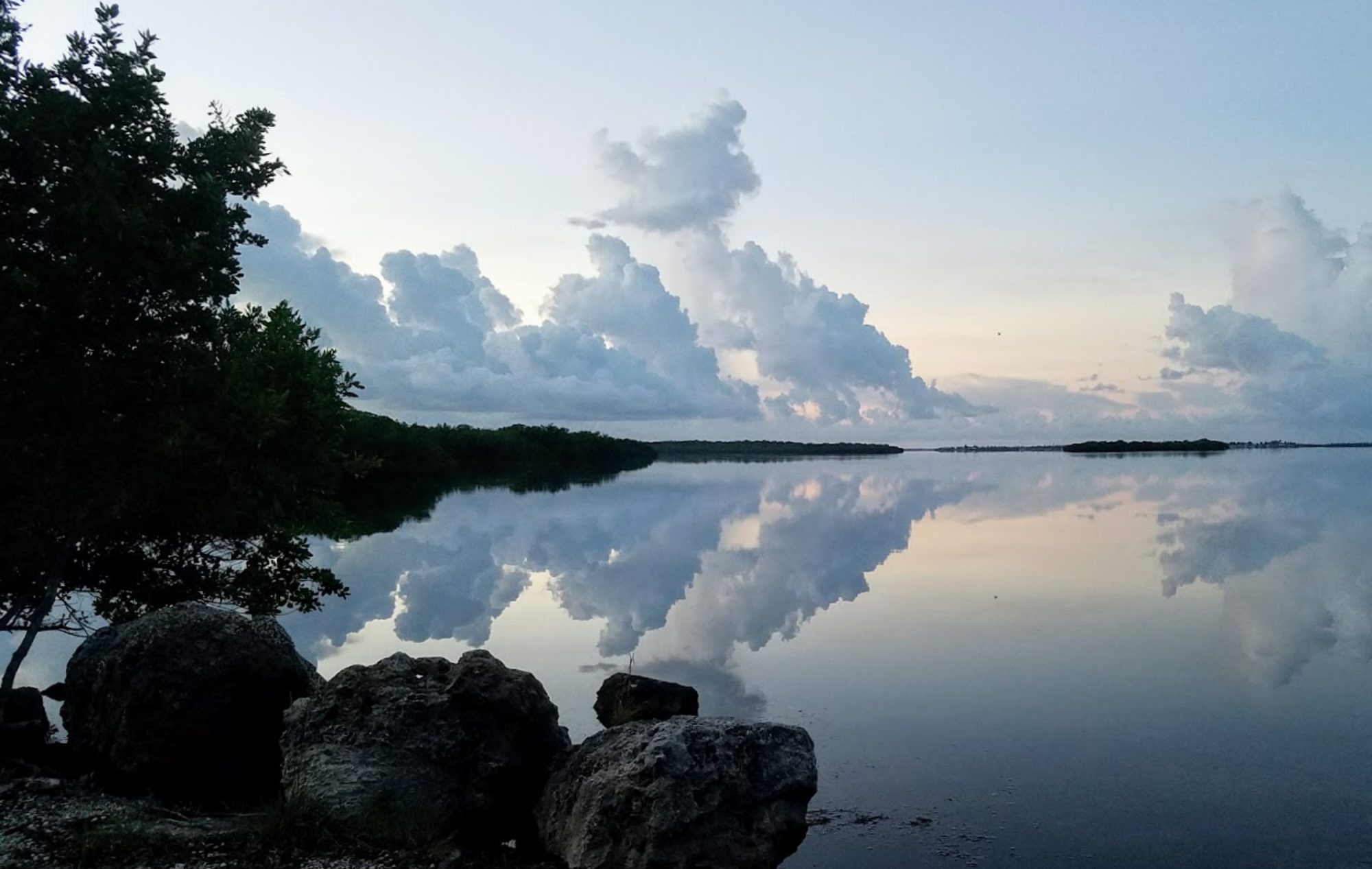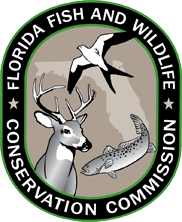Florida Fish and Wildlife Conservation Commission reports today that Karenia brevis, the microscopic organism responsible for Red Tide, has been observed in Hillsborough, Sarasota, and Bay counties over the past week. This is normal, and no fish kills or respiratory irritation related to red tide has been reported in the same time period. There has been no observation of K. brevis along Florida’s East Coast. In short, all is well.
Background concentrations of the organism will not produce a Red Tide event like last year’s, which persisted from 2017 into 2018 and did not fully disperse until winter 2018/2019. K. brevis is a normal inhabitant of Florida waters, and blooms occur regularly along our southwest coast. Sometimes, however, a particularly strong bloom causes the organism to become so plentiful that the toxins it produces can build up, killing fish, sea turtles, dolphins, and other sea live. Last year, the concentrations were so high that toxins caused respiratory irritations that were reported in widespread coastal areas, and hundreds of sea turtles and other marine animals were killed. In 2018, Red Tide even effected Florida’s east coast, which is very unusual.
University of South Florida and FWC collaborate to predict red tide activity. They predict net northern transport of surface waters and minimal net movement of subsurface waters in most areas from Pinellas to Monroe counties over the next four days.
On April 12, they will release the next complete status report. You may view a daily sample map on the Red Tide Current Status page. This information, along with additional links related to Florida Red Tide can be found on the Fish & Wildlife Research Red Tide website.
The FWRI Harmful Algae Bloom group is collaborating with Mote Marine Laboratory to produce a Facebook page. You can “like” their page to learn more about Red Tide and other harmful algal blooms in Florida.

